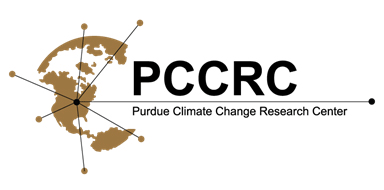Catherine is a siliceous micropalaeontologist with 27 years’ experience, specialising in the Late Cretaceous to Holocene biostratigraphy and palaeoceanography of diatoms, silicoflagellates, ebridians and the minor siliceous groups. Building on her M.Sc. in Micropalaeontology (University College London, 1994), she is currently training in the advanced taxonomy and application of Mesozoic and Cenozoic radiolarians. In 1998 she was awarded a Ph.D. from UCL in Cenozoic-Quaternary diatom biostratigraphy and palae-oceanography from offshore New Zealand. During her subsequent 3-year post-doctorate at UCL, she sailed as sole diatom biostratigrapher for Ocean Drilling Program Leg 189 to offshore South Australia, and co-ordinated the post-expedition biomagnetostratigraphy involving 6 major microfossil groups and 5 drill-sites. |
Martin is a palynologist with 25 years' experience specialising in the biostratigraphy and palaeo-environmental significance of dinoflagellate cysts (dinocysts) from the Upper Triassic to Quaternary. He has an M.Sc. in micropalaeontology from University College London (specialising in Late Triassic palynology with Prof. Bill Chaloner FRS and Prof. Alan Lord) and a Ph.D. in Late Cretaceous palynology and chemo-stratigraphy from Kingston University, London (with Prof. Ian Jarvis). On completion of his doctorate, Martin joined Millennia Stratigraphic Consultants where he routinely worked on single and multi-well studies from the Quaternary to Triassic internationally, including well-site assignments on the UK Atlantic margin. |
Associates
Recognising the importance of a fully integrated approach, we have forged a strong international, inter-sectoral network, working closely with other micropalaeontologists, geochemists, and magneto-, seismic- and cyclo-stratigraphers across Europe, North America, Asia and Australasia. Below are some of the companies we are proud to consider associates









